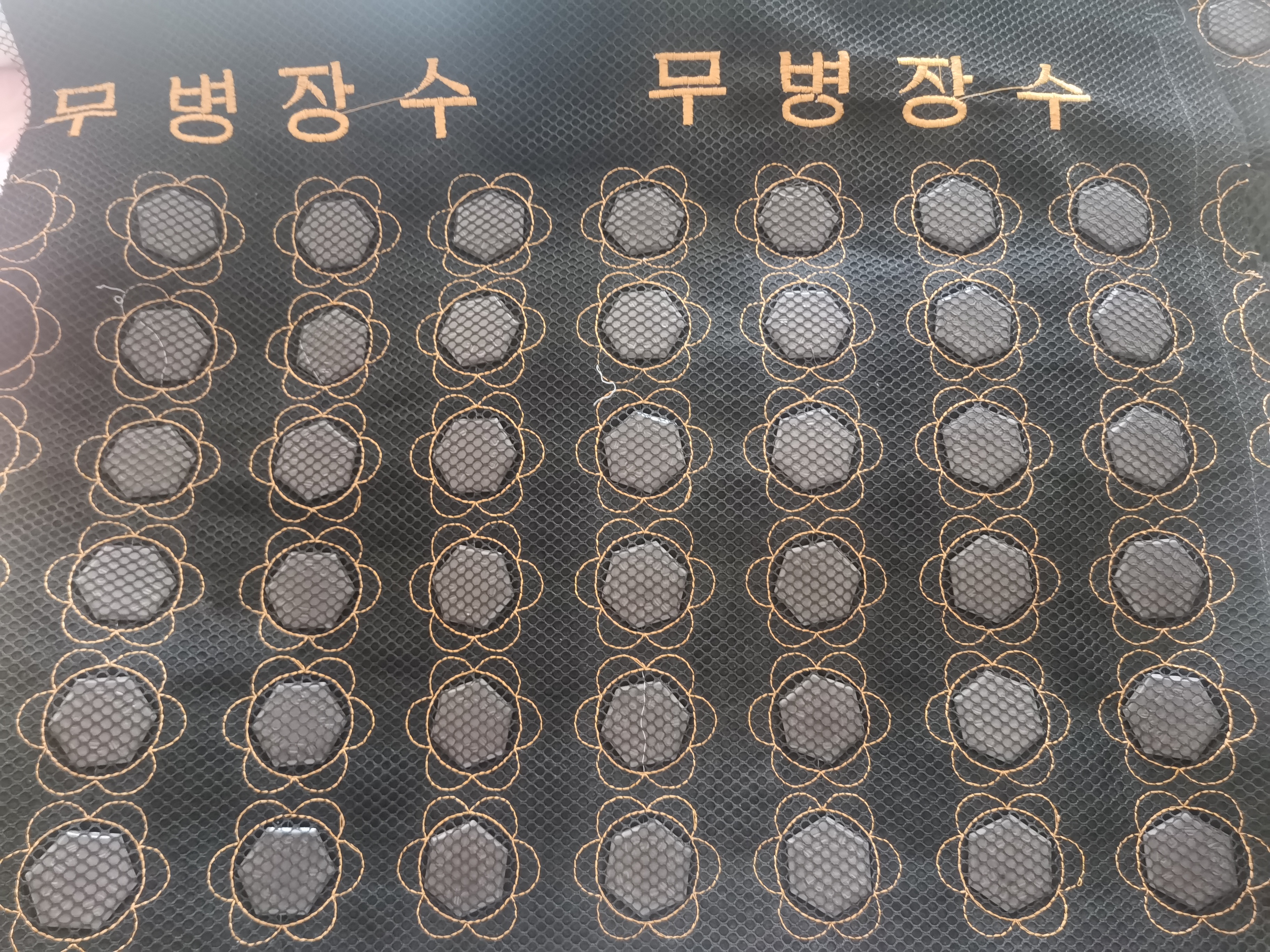
In the realm of creating sweat rooms, the choice of materials can significantly impact the overall experience and functionality. Traditional sweat room materials and new, innovative options each come with their own distinct installation processes.
Traditional materials for sweat rooms often include natural stones and woods. The installation of these materials can be a labor-intensive process. For instance, when installing natural stones, skilled craftsmen are required to carefully lay each stone by hand, ensuring a tight fit and an aesthetically pleasing pattern. The stones need to be precisely cut and fitted to the dimensions of the sweat room, which can be time-consuming. Wood paneling, another traditional choice, demands careful measurement and cutting as well. The wood must be properly treated to resist moisture and decay in the humid environment of a sweat room. Installation often involves the use of specialized tools and hardware to secure the panels firmly to the walls and floor.
On the other hand, new sweat room materials are designed with modern technology and convenience in mind. Many new materials are lightweight and easy to handle, making installation quicker and less physically demanding. For example, synthetic panels made from advanced materials can be easily cut to size using standard tools. These panels often come with interlocking mechanisms or adhesive backing, simplifying the installation process. Some new materials are also prefabricated in modular sections, which can be quickly assembled on-site, reducing installation time and minimizing the need for extensive craftsmanship.
Moreover, new materials may offer additional features that streamline the installation process. Some are designed to be resistant to mold and mildew from the outset, eliminating the need for extensive pretreatment. Others may have integrated heating elements or ventilation systems, reducing the complexity of installing these components separately.

